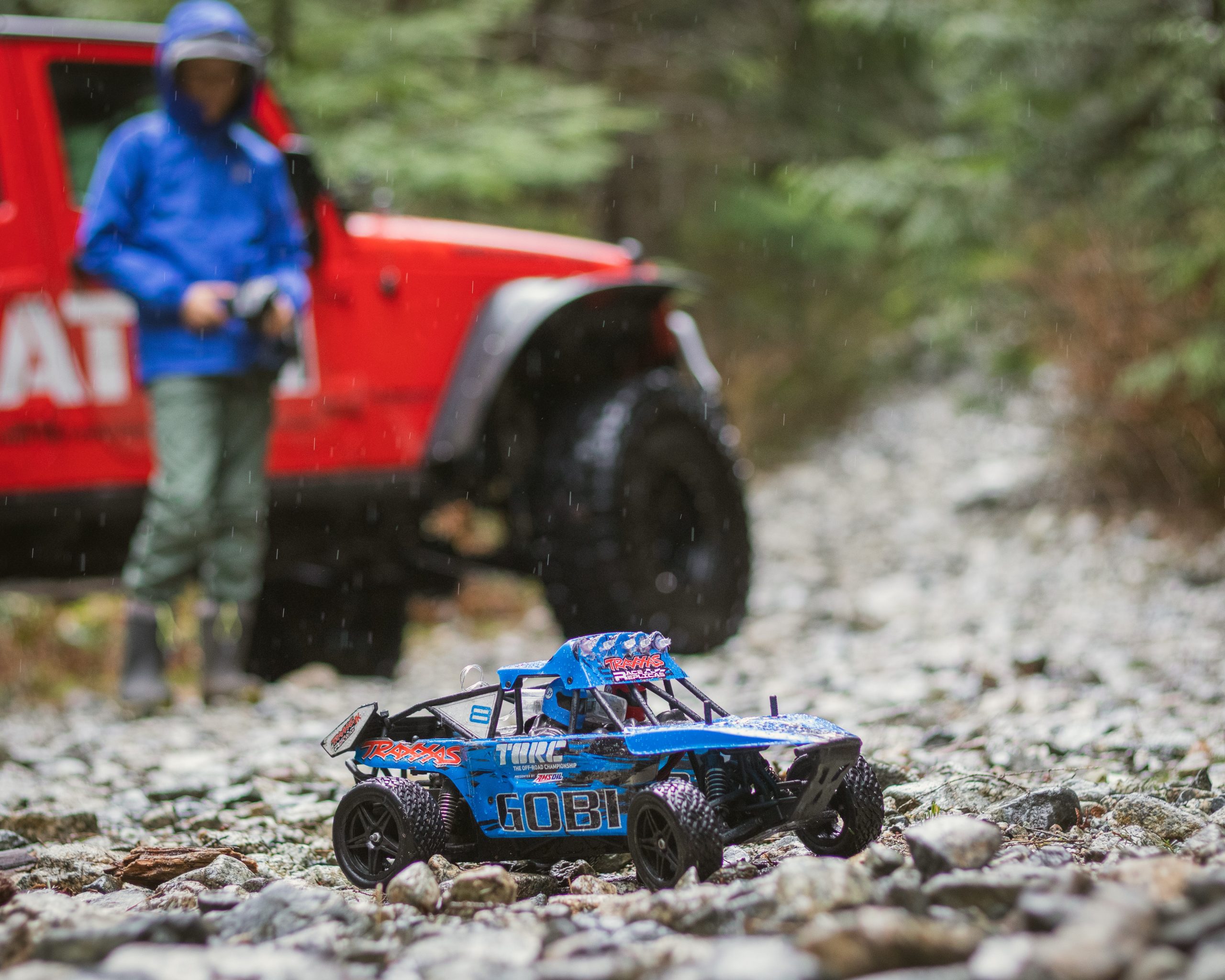When Jean-Pierre Deheeger, or “JP”, bought a Hobby Town franchise in the Chicago area 13 years ago, he didn’t go into the venture blindly.
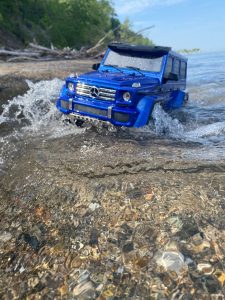 A 2010 Hobby Manufacturers report showed the RC (remote control) industry had grown to just over 2.5-billion-dollar industry globally and no signs of a down slide.
A 2010 Hobby Manufacturers report showed the RC (remote control) industry had grown to just over 2.5-billion-dollar industry globally and no signs of a down slide.
It’s more than just fun and games as Deheeger explains “Our biggest age range is people between 18 to 35 years old. We have a lot of adults also buying for their nine-year-old kids or five-year-old kids but basically, it’s for themselves.”
Damron Atkins has been involved in RC and “hobbies” most of his life and is now the marketing Manager for Traxxas, and he Texas-based RC brand echoes the same sentiment, “It’s for kids of all ages is what we like to say.”
Traxxas was part of the growth entering the market in 1986 and made it’s claim on the emerging industry with the release of the T-Maxx Monster Truck, a game changing innovation combining speed, durability, and style Atkins says.
“Things really took off in 2000 when the T-Max was released, a highly innovative full-drive, nitro-powered Monster truck. That started a huge influx of new customers into the industry and gave Traxxas a boost at the time and we’ve continued to develop innovative fun products since then and continue to grow.”
In March, as the country began to shut down due to the COVID 19 pandemic, Deheeger was forced to close his doors and focus on making sure his small group of employees were protected.
“We had no idea what to expect, everything had to close. We were closed for about a month and a half, we got the PPP loan for the employees and waited.” Deheeger laments.
Like many small non-essential businesses, for over a month Hobby Town remained dark with no real news of reopening. Being a student of trends and an expert in the RC Industry Deheeger “gambled” on the future and ordered inventory, lots and lots of inventory. As he explains, the gamble paid off.
“As soon as we opened in early May, our business doubled. By June 1, we tripled sales, compared to last year. So we’re up 300 percent for the last two months, it’s basically as much business as, December, which is our best month typically because of Christmas. We haven’t seen any sign of slowing down at this point.”
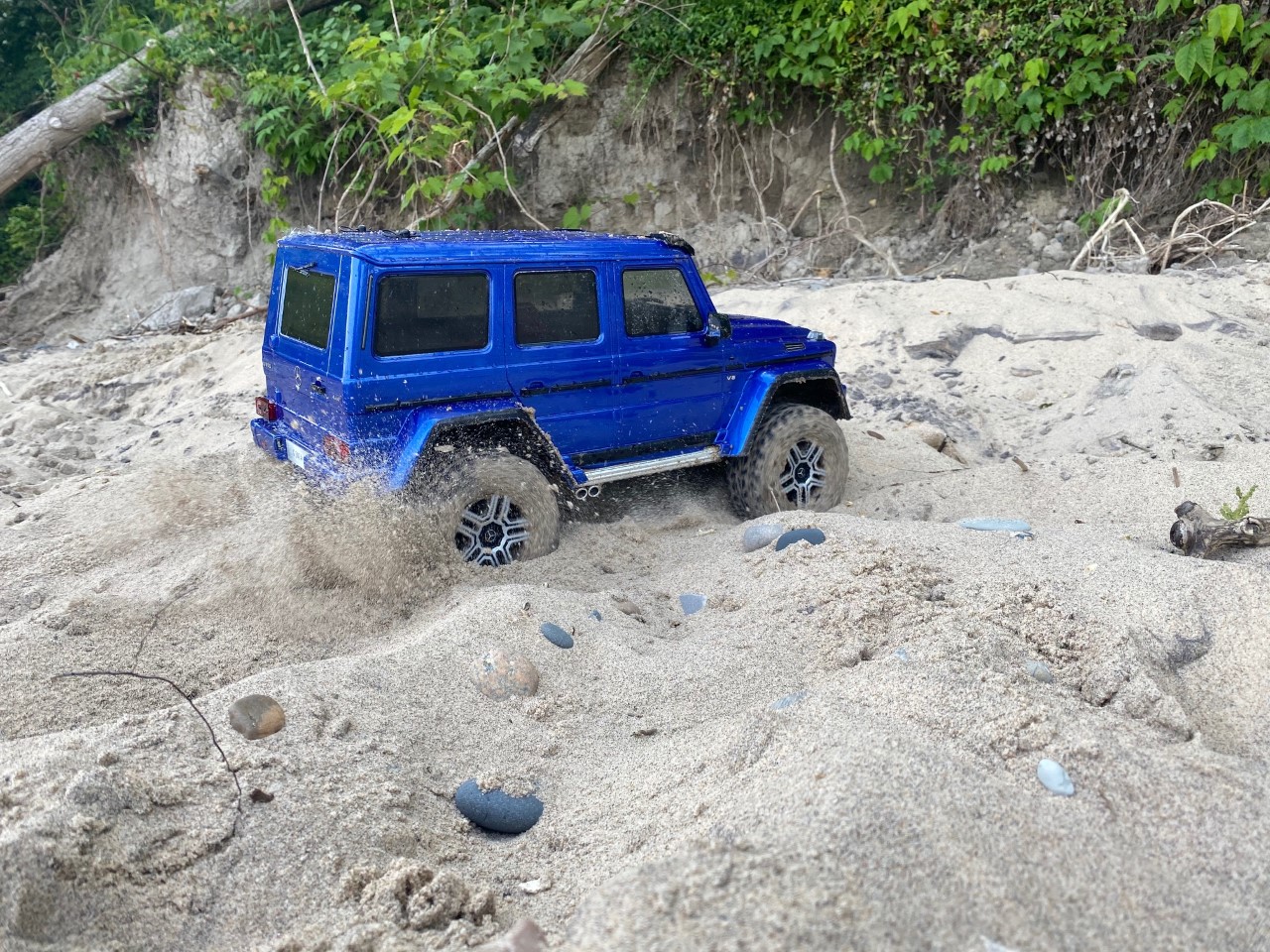 To Atkins, it’s not all that surprising that the RC industry is flourishing. RC is as “Covid Proof” as a hobby as it gets. The range on the vehicles can reach up to a half a mile, meaning you can be racing, rock crawling, mud sliding and even playing “tag” with your cars and trucks while being several hundred feet away from each other.
To Atkins, it’s not all that surprising that the RC industry is flourishing. RC is as “Covid Proof” as a hobby as it gets. The range on the vehicles can reach up to a half a mile, meaning you can be racing, rock crawling, mud sliding and even playing “tag” with your cars and trucks while being several hundred feet away from each other.
“It’s an escape and kind of a fantasy at the same time. RC is something that can be enjoyed individually or with family or with friends at a safe distance. You can take your vehicles to the backyard, around the neighborhood, a local park. It’s something that can be done individually and with a small group while remaining a safe distance away from each other.”
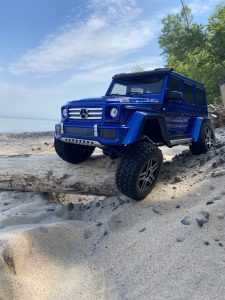 Deheeger adds “ It’s because you can meet in an empty parking lot, race your cars, put some cones and race, it’s that simple. Many of these cars and trucks were meant to go over all kinds of terrain, you can go or you can go into a baseball diamonds, empty parks anywhere you can take your radio-controlled cars and safely keep a distance from each other and just have fun.”
Deheeger adds “ It’s because you can meet in an empty parking lot, race your cars, put some cones and race, it’s that simple. Many of these cars and trucks were meant to go over all kinds of terrain, you can go or you can go into a baseball diamonds, empty parks anywhere you can take your radio-controlled cars and safely keep a distance from each other and just have fun.”
While most hobbies have enthusiasts, who live eat and breathe their hobbies, investing thousands to acquire the best equipment and gear. The actual “Hobby” and RC industry can also be costly and time consuming or as easy as opening a box and having fun.
Deheeger explains how an initial investment can lead to years of fun.
“We pride ourselves in selling almost every radio-controlled trucks and cars that we sell have replacements parts. It’s not just buying the truck, it’s the ability to fix it, tinkering with it and upgrading it. You can buy you know aluminum parts, you can buy reinforced parts, you can upgrade the engine, you can upgrade everything.”
As Atkins points out, very much like ‘real cars’ what you see isn’t what you get, the options to customize and personalize your vehicle are endless. “We also offer performance accessories, if someone wants to customize their vehicle, even down to different tires and wheels, different bodies and different licensed bodies like the Ford Bronco or Chevy Blazer or the Mercedes G500.”
Toy grade vs Hobby grade.
Toy Grade RC are the kind of trucks and cars you can purchase at a big box store and are usually under $100. While they are fun to use they are also generally “disposable”, meaning if they break there’s not a lot of options to replace or repair parts. In other words, you get what you get.
Atkins can help clear things up, “What we would consider a toy or a toy grade R-RC vehicle typically it does not have any replaceable parts. Those “toy grade” models typically have a limited lifespan because if something does break, they’re non-repairable and they turn into a paperweight at that point.”
RC grade as Deheeger explains “Hobby Grade” is expandable, repairable and virtually indestructible. Traxxas offers entry level trucks starting at $150 and high-end high-tech machines that are close to $1000.”
“We’ve had people buying Traxxas trucks since we opened 13 years ago, and they’re still using them, they’re still having fun with them it’s a little bit expensive at first but it’s worth it,” he said.
As an example, let’s just say a certain writer’s eleven-year-old son launched his Traxxas Slash off the curb sending it into orbit, slamming into the side of a house.
While it’s costly to repair the siding and broken picture window, the cost for new parts for his car were readily available and affordable.
Both Degeeher and Atkins share the same sentiments about the “real world” durability of these trucks, they are engineered to take a massive beating.
“It’s a lot of design work and testing goes into the engineering of the parts and the components. With a full sized car if you hit a, a curb or any kind of inanimate object like a tree it’s going to do some serious damage at ten, 20 miles an hour. With our vehicles, for example a 30 mph a head-on collision into a brick wall with one of our cars and it just bounces off and keeps going because it’s designed to absorb those impacts on the frontend.” Says Atkins.
Deheeger adds, “They’re engineered to break at the center points so their chassis itself is not going to break which can be costly. Instead you’re going to break the A-arms which connects the wheel to the chassis meaning it’s engineered so that the cheapest parts will break first and you’re not going to have to rebuild the whole car.”
Partnering with Mercedes Benz for their latest offering, the Traxxas TRX-4 is a drop-dead replica of a Mercedes “G-Wagon,” complete with back up lights.
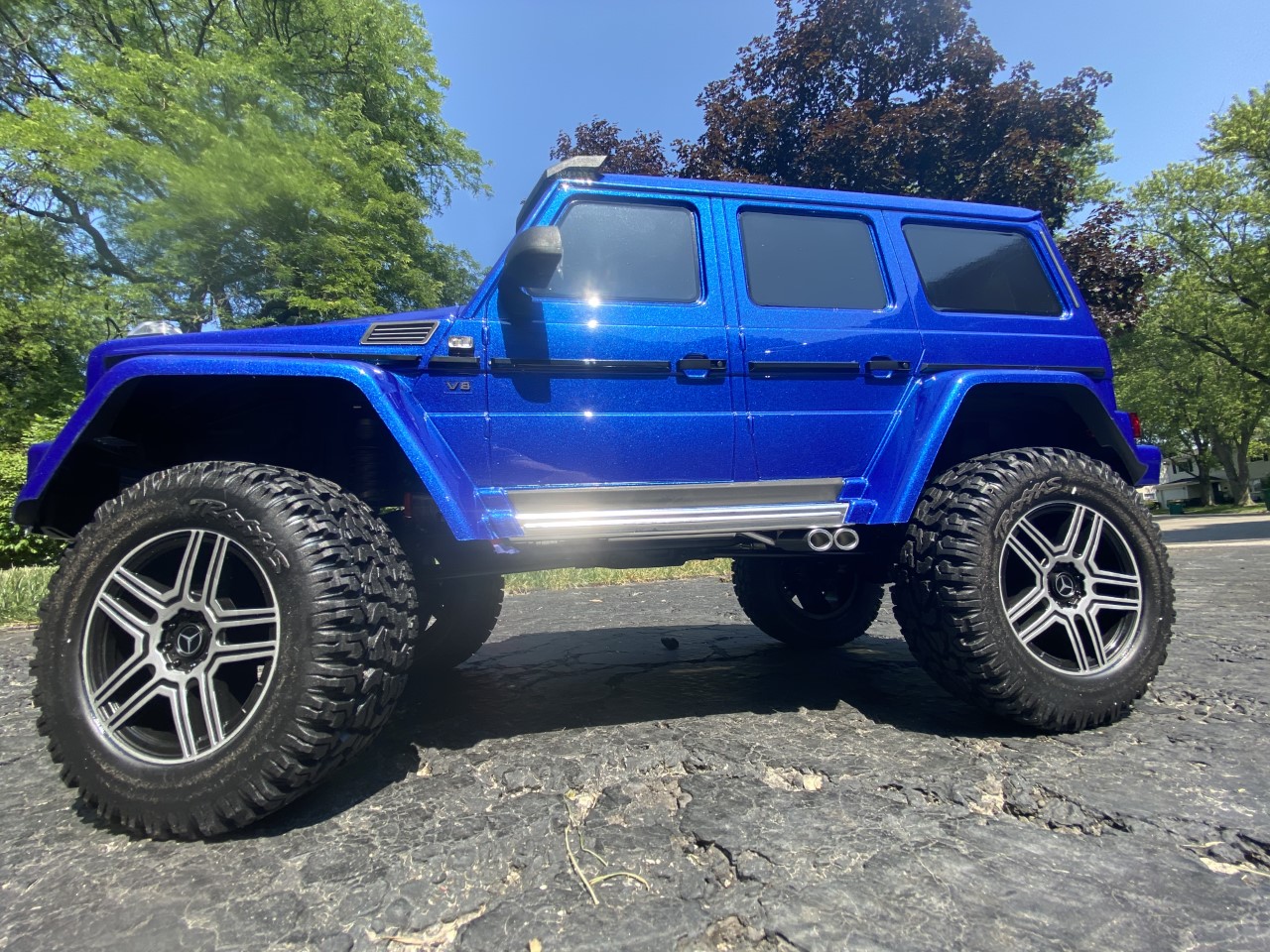
“We actually work with the full sized auto manufacturers and use CAD files from them to help make sure that we really accurately replicate the bodies. The G-500 4X4 squared that that is on the TRX-4 chassis platform actually has portal axles, so it increases ground clearance and differential housings on the front and rear so that the truck can actually clear larger obstacles,” Atkins said.
The key word is experience. How can you find something that gives you a reality break from well, “everything?” Traxxas has managed to do this with their new G-Wagon Replica and most of its cars and trucks. Making sure innovation, ease of use and experience all “get along.”
We were sent a TRX-4 to test and abuse, which we did. Out of the box, it’s great to look at and it took every measure of beating we could think of including driving it in mud, sand, up a clay wall, in Lake Michigan through horse poop and finally giving it to a seven-year-old and letting him smash and crash it into whatever was in its way.
The app also fed us real time information. The ability to switch modes from fast, to climbing almost straight up a mud wall was easy and the new and improved batteries lasted a long time.
To Atkins it’s not hype, but detail, engineering and history that make his brand one of the top sellers in the world.
“With the TRX-4 platform, we have a “ground up” new platform, and I would say it takes anywhere from a year to two years in development of a new product. All of that work and detail has to translate into a fun and realistic user experience”
“We’re getting fans of all ages that are purchasing the vehicles and enjoying them,” he said. “They’re able to have fun with their buddies, at almost any age.”



